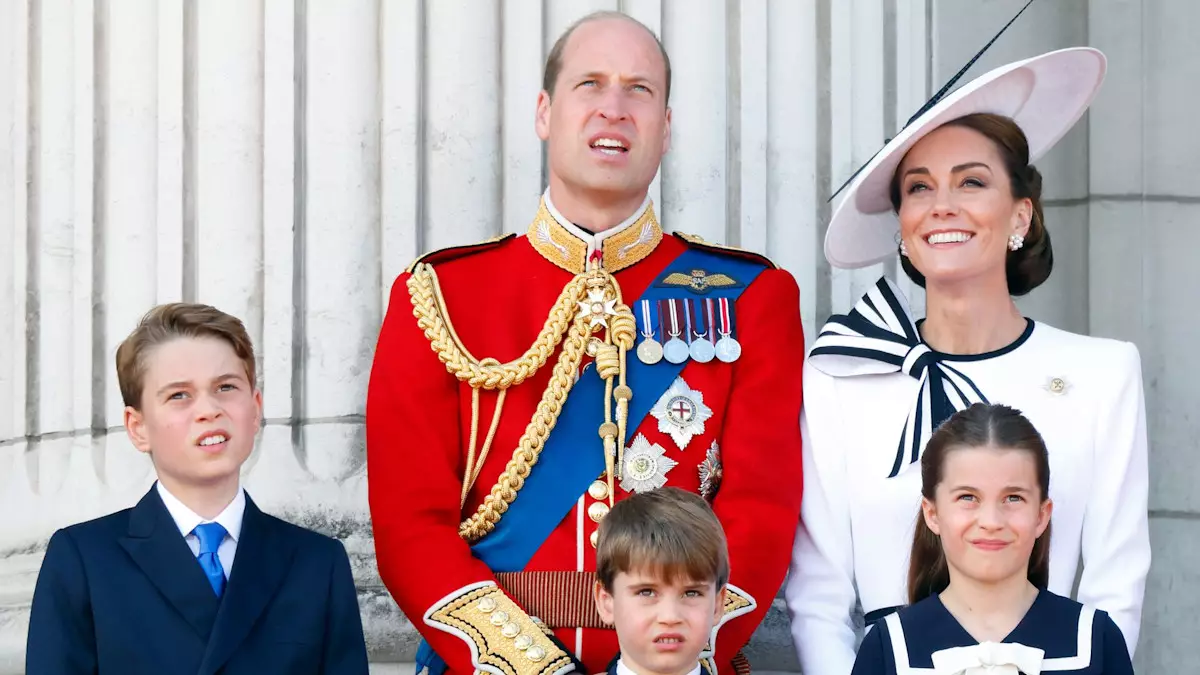In an age where fast fashion reigns supreme and the lifespan of garments is shockingly short, the Princess of Wales, Kate Middleton, offered a refreshing perspective on clothing sustainability during her recent visit to a local business in South Wales. While touring Corgi, a family-run factory renowned for its handmade socks and knitwear, Kate provided insight into her own family’s approach to clothing, particularly how she cherishes and archives pieces worn by her children.
A Personal Touch: Archiving Heirlooms
During her visit, the Princess revealed a thoughtful practice she engages in—archiving her children’s clothes. This statement resonates robustly in a time when many families discard clothing after a few uses, often opting for newer, trendier options. Kate’s admiration for well-crafted garments highlights a significant shift toward valuing quality over quantity in clothing. She noted, “It’s so lovely to reuse the things that are well made,” a sentiment that encapsulates a commitment to sustainability and resourcefulness.
The national curiosity surrounding the wardrobe choices of the Suffolk royal family often hints at a deeper narrative than mere fashion; it showcases a return to traditional values of reusing and repurposing clothing. With Prince George, Princess Charlotte, and Prince Louis frequently donning outfits that transcend generations, the moral of the story is clear: durable fashion pieces can foster family connections that last well beyond a single season.
Heirloom Fashion: A Family Affair
Evidence of this commitment to sustainability can be spotted in the wardrobes of her children. Prince George has benefited from hand-me-downs, which have traveled down to his younger siblings. Princess Charlotte has notably worn shoes that once belonged to her uncle Prince Harry, and little Louis has been seen dressed in the same sailor suit worn by his father, showing a rich family history woven into their clothing choices. Each outfit becomes not only a style statement but a tangible reminder of family bonds and memories.
This practice of reusing and recycling clothes serves as a powerful lesson for contemporary society, highlighting the importance of cherishing garments that carry sentimental value. Rather than discarding items, the royal family has transformed clothing into heirlooms that represent love, legacy, and family heritage.
Kate’s visit to Corgi was not just symbolic; the Princess took an active role by attempting to sew a sock herself. Her mischievous laughter and candid acknowledgment of her challenges with the task underscored a practical appreciation for the craftsmanship involved in textile manufacturing. “It’s really hard. I’m sorry, I’m so terrible,” she remarked humorously, a departure from the poised image royalty often presents.
This hands-on engagement serves a dual purpose: it humanizes Kate while also shedding light on the intricate and often undervalued skills of textile artisans. The Princess’ interaction with Shauna Kinsey, a dedicated employee of the factory, exemplified the importance of recognizing and preserving traditional craft techniques, particularly as younger generations enter the workforce seeking to learn these valuable skills. When she remarked about the involvement of local children in factory work experiences, it showcased her commitment to community engagement, education, and preserving craftsmanship, values that resonate deeply in modern society.
As Kate concluded her tour, she displayed genuine gratitude when receiving personalized gifts—a cream cashmere cardigan designed for her and a wrap for her mother. This thoughtful gesture from the Corgi team further highlighted the close-knit nature of family-run businesses and their ties to the local community. The emotional weight of these simple gifts follows the theme of kindness and connection that permeates through her visit, reinforcing the royal family’s commitment to supporting domestic craftsmanship.
In a world where the sustainability of fashion is more crucial than ever, the Princess of Wales stands as a beacon of hope and a model for responsible consumption. Her ideological shift toward valuing quality over quantity reflects a wider societal desire for connections, memories, and sustainability. As her children wear these cherished garments, they not only carry the history of their family but also represent a conscious choice toward environmental stewardship and lasting legacies.

